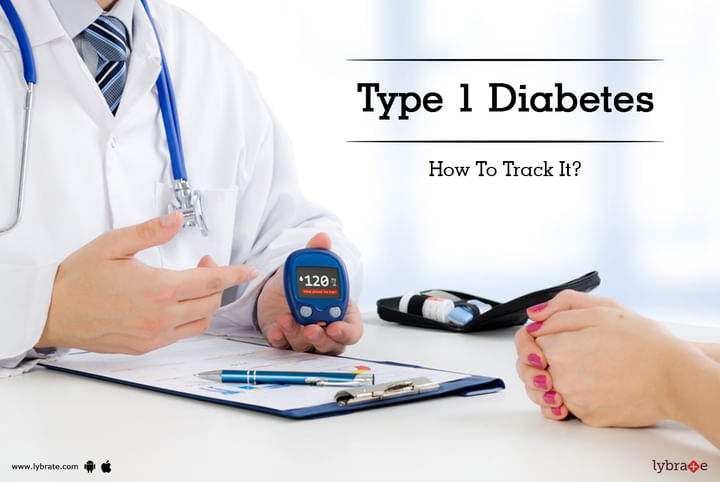Type 1 Diabetes - How To Track It?
Type 1 diabetes develops when your immune system destroys the cells in your pancreas called beta cells. They are the ones that make insulin. Insulin helps to maintain the glucose level in the blood. Glucose does not move into your cells if insulin is not present. Because of insulin deficiency, glucose remains non-utilized and its level built up in the blood. There is no particular cure for type 1 diabetes. Although with proper treatment, individuals can live long and healthy lives.
Type 1 diabetes is more common in children and usually develops before the adolescent age. Symptoms of Type 1 Diabetes: Symptoms of type1 diabetes are ordinarily progressive and become obvious rapidly over a couple of days to weeks, and are brought on by high glucose. High glucose or high blood sugar can hurt numerous parts of the body, for example, the eyes, heart, blood vessels, nerves, and kidneys.
Symptoms of type 1 diabetes include:
- Urinating a considerable measure; this might be more noticeable around the evening time. The kidneys are attempting to dispose of the overabundant sugar in the blood. To do that, they need to dispose of more water. More water means more urine.
- Being extremely thirsty is very common. This happens if you urinate so frequently that you lose enough water to wind up dehydrated.
- Unnecessary reduction in weight without attempting. This happens in light of the fact that you are dehydrated. Weight reduction may likewise happen in the event that you are losing those sugar calories in your urine as opposed to using them.
- Increased appetite is another symptom. You feel hungry on the grounds that your body is not utilizing all the calories that it should. A large number of them leave your body in your urine.
- Hazy vision. At the point when sugar develops in the focal point of your eye, it sucks additional water into your eye. This changes the state of the focal point and makes your vision hazy.
- Feeling extremely tired. You feel tired for the same reason you feel hungry. Your body is not utilizing the calories you are eating, and your body is not getting the energy it needs.
- Youngsters may lack enthusiasm for their normal exercises.
- Flushed, hot, dry skin.
- Loss of appetite, stomach pain, nausea and vomiting.
- Quick and heavy breathing.
- Anxiety, sleepiness, trouble waking up or coma.
The symptoms mentioned in last three points signify the development of ketones in the blood of type 1 diabetic patient. This condition is known as diabetic ketoacidosis, which may be life-threatening and requires urgent treatment in hospital.



+1.svg)
